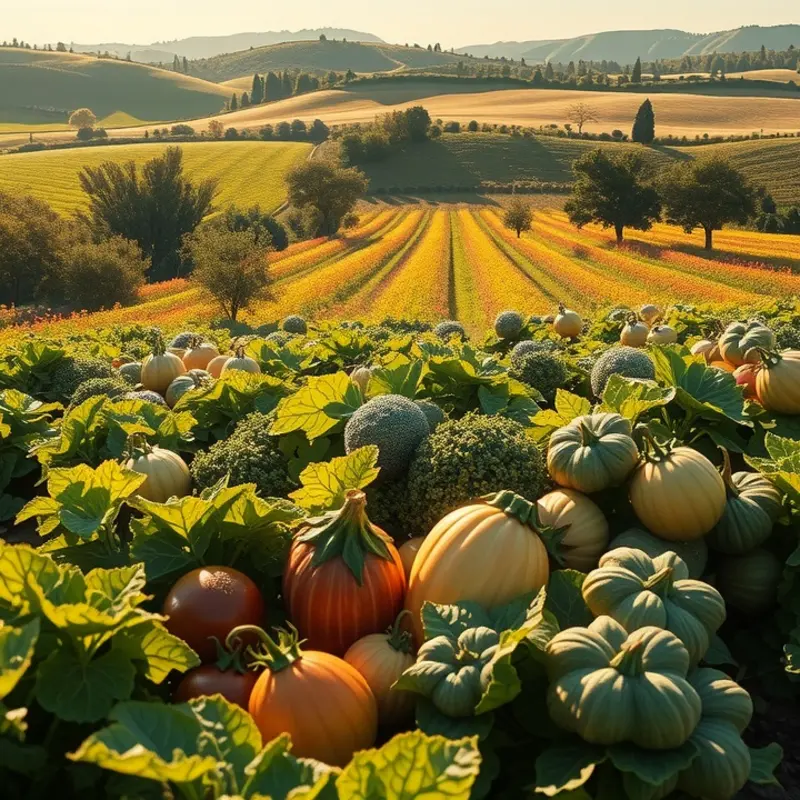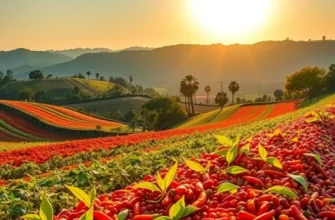Diving into the rich tapestry of global cuisine reveals a treasure trove of flavors, ingredients, and stories woven into national dishes. Each country has its culinary icon that not only satisfies hunger but also serves as a point of pride and cultural expression. Join us in exploring these beloved meals that tell tales of history, geography, and the heart of the people who call these places home.
The Heart of Identity: Understanding National Dishes

National dishes are vibrant reflections of a nation’s identity, encompassing history, geography, and culture. Each dish, with its unique flavors and aromas, is a canvas of shared history and collective memory. For example, Mexico’s mole sauce is a testament to cultural fusion, melding indigenous and Spanish influences. Its complex flavor profile, achieved through a symphony of spices and chocolate, represents unity and diversity in every bite.
A country’s geographical setting plays an integral role in shaping its national cuisine. Regions often develop dishes based on the ingredients available from their surrounding environments. Japanese cuisine, for example, heavily features seafood. Positioned within the Pacific Ring of Fire, the island nation benefits from abundant marine life. The fresh fish used in sushi is emblematic of Japan’s connection to the sea, highlighting minimalism and dedication to high-quality ingredients.
Celebrations and traditions further embed foods into the cultural fabric. Such dishes often become key components in rituals and gatherings, as seen in Ethiopia with injera. This sourdough flatbread is not just a staple; it serves as an edible tool for communal dining. Sharing injera in Ethiopian culture is an expression of hospitality and social closeness, with its presence felt at weddings, religious ceremonies, and family meals.
Indeed, understanding national dishes leads us to explore the techniques that go beyond mere cooking. Mastering sushi rolling in Japan or perfecting mole preparation in Mexico captures centuries-old culinary practices. Such techniques honor the past while allowing future generations to innovate. These skills, passed from grandparent to child, form a cultural lineage akin to storytelling.
The impact of trade has historically spurred the evolution of national dishes. Ingredients like spices and grains inherently altered culinary landscapes. This is further detailed in global culinary influences, illustrating the interconnectedness of global cuisines. Through such exchanges, dishes evolve, reflecting both respect for tradition and adaptation through modern influences.
As we savor the diversity of national dishes, we gain a deeper appreciation for the stories they tell. Whether through the spices of mole or the precision of sushi, each dish unveils layers of historical and cultural contexts. It’s a journey through time, where culinary practices bridge the gap between past and present, allowing us an intimate glimpse into the soul of nations through their cherished cuisines.
A Culinary Passport: Iconic National Dishes Around the World

Embarking on a culinary journey provides a gateway into the rich tapestry of each country’s cultural heritage. This exploration of iconic national dishes reveals stories, traditions, and the pride imbued into each carefully crafted meal.
Consider Italy’s risotto, a dish that stands as a testament to the Northern Italian approach to culinary craftsmanship. Risotto, with its creamy texture, is more than just rice; it’s a reflection of each region’s landscape. The alla milanese version, with its vibrant hue from saffron grown in nearby regions, brings familial recipes to life. Through risotto, Italy offers a taste of its commitment to quality and seasonality.
Brazil’s feijoada holds a mirror to the country’s complex history, where influences from Portuguese, African, and indigenous cultures meld together. This hearty black bean stew, simmered with an assortment of pork cuts, is traditionally accompanied by rice, collard greens, and orange slices. Each spoonful captures a historical narrative—a succulent metaphor for resilience and multicultural integration within Brazil.
Transitioning to Asia, Japan’s ramen narrates tales of regional diversity. Originating from street vendors to high-end eateries, ramen varies from the miso-rich bowls of Hokkaido to the thick, porky tonkotsu of Kyushu. Each ingredient, from the salty tang of shoyu to the delicate egg nodules, speaks of a region’s culinary identity. The toppings, like chashu or menma, offer a sensory experience of Japan’s deep culinary landscape.
A journey to Africa is incomplete without tasting Morocco’s tagine. Named after the clay vessel it is slow-cooked in, this dish mixes lamb, chicken, or even vegetables with spices like saffron, cumin, and cinnamon. Tagine’s essence is its layering of flavors, which are a tribute to the caravans of spices that traveled through Morocco. Each bite is steeped in the warmth of a nomadic past and a tradition of communal dining.
Lastly, India’s biryani serves as a flavorful relic of Mughal culinary traditions. This dish layers saffron-infused rice with spiced meats such as lamb or chicken and often includes boiled eggs or fried onions. Biryani is an aromatic mosaic drawing from Persian influences, yet remaining uniquely Indian, capturing a confluence of cultural and historical essence within its layers.
Through these dishes, which include modern adaptations and regional distinctions, we deepen our understanding of global culinary traditions. Such exploration prompts reflection on our own cooking habits and traditions. For readers interested in discovering more about how cultural exchanges have shaped global cuisine, the article on culinary influences over time offers further insights into this phenomenon.
These national dishes not only tantalize taste buds but also escort us through time, narrating histories of trade, migration, and culture. This journey through iconic dishes allows us to celebrate how food transforms borders, neatly weaving the past with present culinary practices.
Final words
National dishes serve as cultural beacons, illuminating the values, history, and creativity of a nation’s people. They are an invitation to partake in stories that span generations, revealing the heart and soul behind the cuisine. By appreciating these unique dishes, food enthusiasts embrace not just flavors but the cultural significance that unites us all through food. The beauty of culinary exploration lies in discovery—each bite tells a story waiting to be savored. So venture forth, taste the world’s offerings, and let your palate explore the endless varieties of experience hidden within each national dish.








